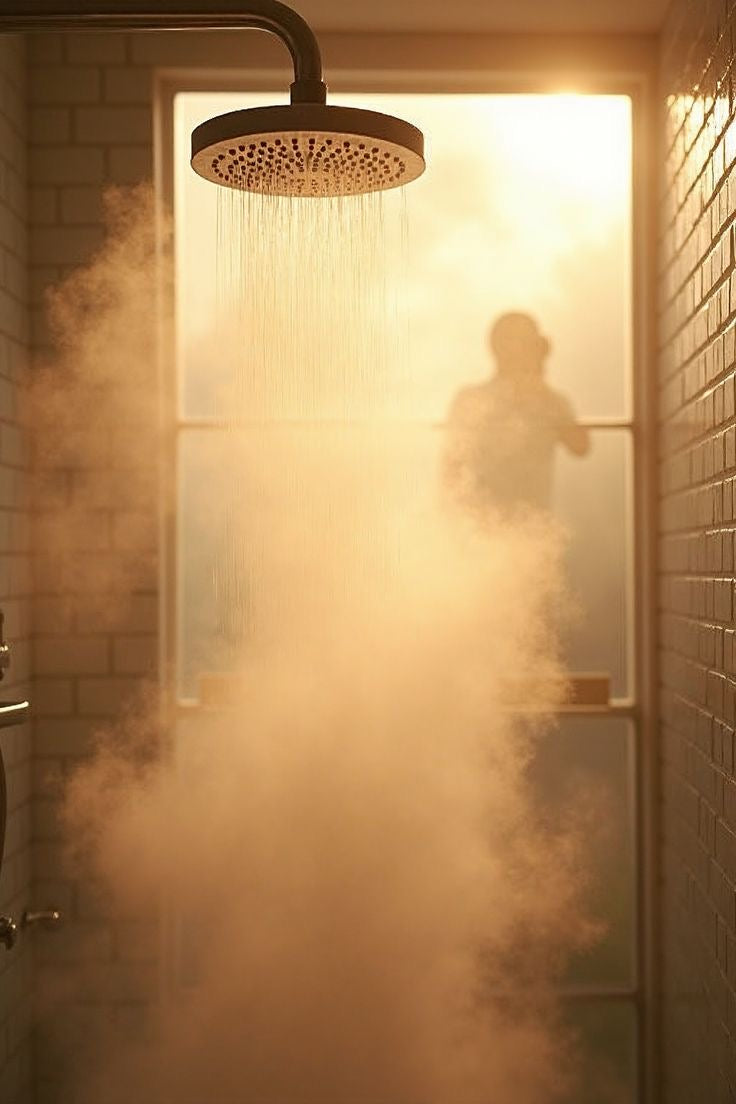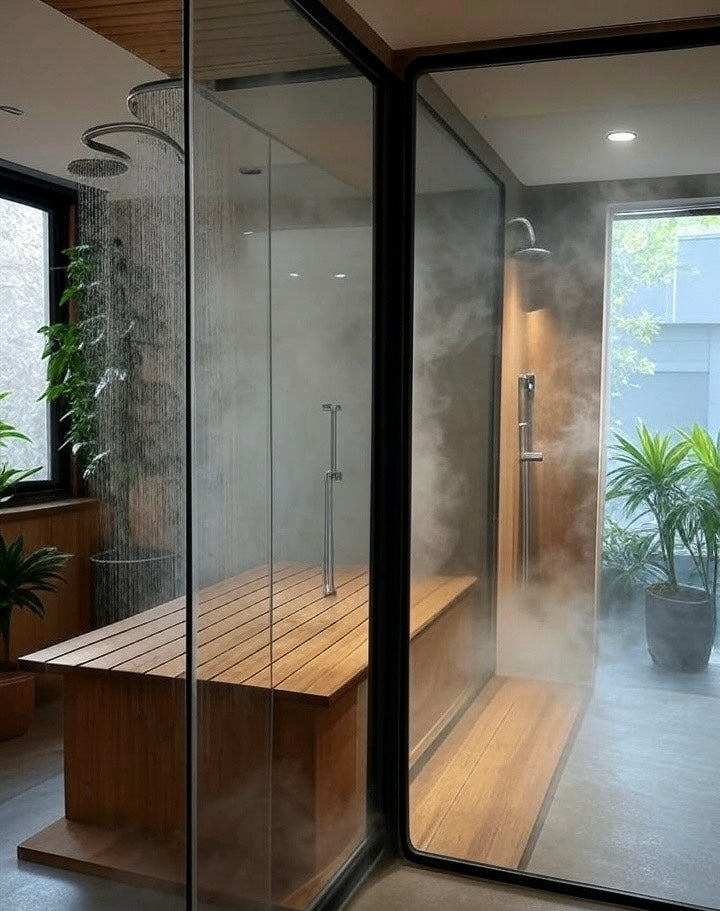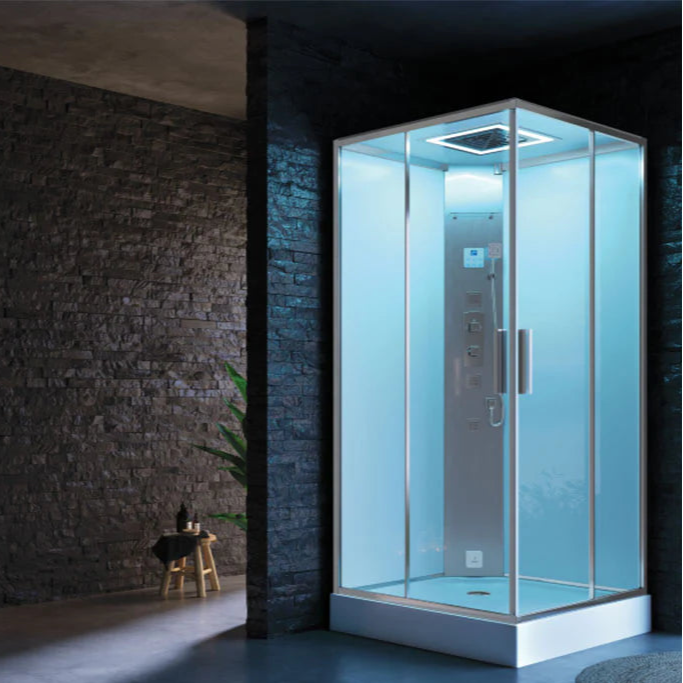Thinking of braving a cold plunge or chilling in your ice bath tub? Short answer: yes, it can cause hypothermia! From cold plunge thrills to icy water risks, read on to learn why your dip might turn dangerous—and how to keep it safe (and fun!).
2. The Direct Link: How Cold Plunges Can Lead to Hypothermia

2.1. Understanding Hypothermia: A Core Body Temperature Drop
2.1.1. What is Hypothermia? (Definition: Body temperature below 95 °F/35 °C)
Hypothermia happens when your core body temperature drops below 35 °C. Even water at 10–15 °C can lower body temperature quickly. Cold water draws heat away from vital organs faster than air. That’s why unprepared plunges can be risky.
2.1.2. The Mechanism: Heat Loss vs. Heat Production in Cold Water Immersion
Cold water pulls heat from your body rapidly. Blood moves away from the skin to protect vital organs. This lowers your overall body temperature.
Table: Water Temperature vs. Risk
| Water Temperature | Risk Level | Typical Effects |
|---|---|---|
| >15 °C | Low | Mild cooling |
| 10–15 °C | Moderate | Cold water shock possible |
| <10 °C | High | Hypothermia risk increases |
2.1.3. Stages and Symptoms of Hypothermia (Mild, Moderate, Severe)
-
Mild: Shivering, numbness, confusion
-
Moderate: Slurred speech, poor coordination
-
Severe: No shivering, rigid body, loss of consciousness
2.2. Beyond Hypothermia: The Immediate Dangers of Cold Shock
2.2.1. What is Cold Shock Response? (Involuntary gasp, rapid breathing, heart rate spike)
Cold water shock includes gasping, panic, and rapid breathing. It can overwhelm swimmers immediately. The heart rate spikes and breathing becomes hard to control.
2.2.2. Cold Shock vs. Hypothermia: Understanding the Critical Difference
Cold shock is the initial response. It includes breathing difficulty and heart strain. Hypothermia develops over time as your core temperature keeps falling.
2.2.3. The Risk of Drowning Due to Cold Shock (Inhaling water, impaired cognitive function)
Cold shock can lead to uncontrolled breathing or panic. This increases drowning risk. Inhaling water or losing coordination can quickly become life-threatening.
3. Identifying Risk Factors and Recognising Warning Signs
3.1. Who is Most Susceptible to Hypothermia?
3.1.1. Vulnerable Groups: Children, Elderly, Individuals with Certain Medical Conditions (Heart issues, diabetes, poor circulation)
Children and older adults lose heat faster. People with heart disease, diabetes, or poor circulation are at higher risk. It’s important to take extra care.
3.1.2. Other Contributing Factors: Alcohol/Drug Use, Fatigue, Poor Nutrition
Alcohol and drugs impair judgement and reduce body heat retention. Fatigue or poor nutrition makes it harder to generate heat. These factors all increase the risk.
3.2. Recognising the Symptoms of Hypothermia During or After a Plunge
3.2.1. Early Warning Signs (Shivering, numbness, slurred speech, confusion)
-
Strong shivering
-
Numbness
-
Slurred speech
-
Confusion or poor decision-making
3.2.2. Severe Symptoms Requiring Immediate Medical Attention (Loss of consciousness, no shivering, rigid body)
-
Loss of consciousness
-
No shivering (as hypothermia worsens)
-
Rigid, cold body
4. Preventing Hypothermia and Ensuring a Safe Cold Plunge Experience
4.1. Essential Safety Protocols and Best Practices
4.1.1. Optimal Water Temperature and Recommended Immersion Durations (e.g., 1–5 minutes, avoid prolonged exposure)
Check water temperature before entering. Stay in for short periods—usually 1–5 minutes. Avoid prolonged exposure to reduce risk.
4.1.2. Gradual Acclimation: Start Slow and Build Tolerance
Begin with short dips in milder water. Slowly build tolerance before trying colder plunges. Acclimating helps reduce shock and risk.
4.1.3. Proper Rewarming Techniques Post-Plunge (Dry clothes, warm blankets, avoid rapid rewarming)
Change into dry clothes immediately. Wrap up in warm blankets. Sip warm drinks slowly. Avoid very hot baths to prevent sudden temperature shifts.
4.2. Pre-Plunge Preparation and Knowing Your Limits
4.2.1. Consulting a Healthcare Professional Before Starting
If you have medical conditions, talk to your doctor before starting cold plunges. It’s better to check first.
4.2.2. Never Plunge Alone and Having an Emergency Plan
Always swim with a buddy or group. Have an emergency plan ready in case someone struggles.
4.2.3. Listening to Your Body: When to Exit the Water Immediately
Leave the water if you feel numbness, confusion, or uncontrollable shivering. Trust your instincts and get warm fast.
5. Conclusion
Cold plunges are popular across the UK for their health benefits. But they carry real risks. Can cold plunge cause hypothermia? Yes—without preparation. By understanding cold water immersion hypothermia risk, recognising cold shock symptoms, and following safety precautions, you can enjoy the experience while staying safe and warm afterwards.
Takeaways:
-
Know the dangers of cold water swimming.
-
Prepare properly with hypothermia prevention tips.
-
Always respect cold water safety precautions.






